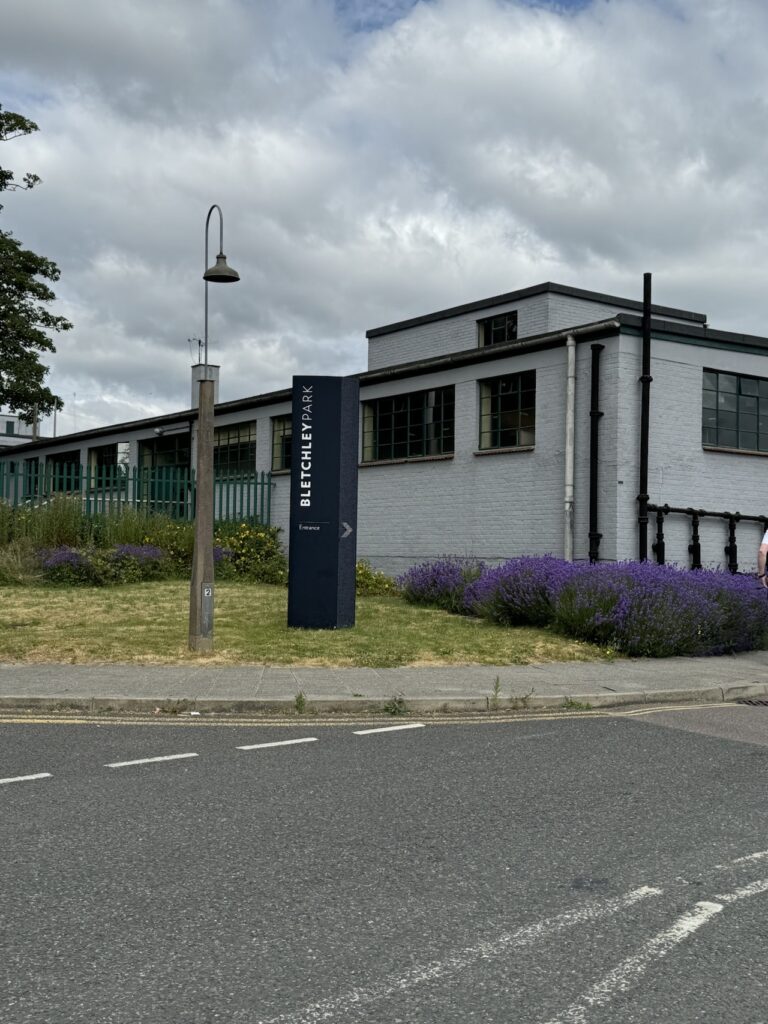
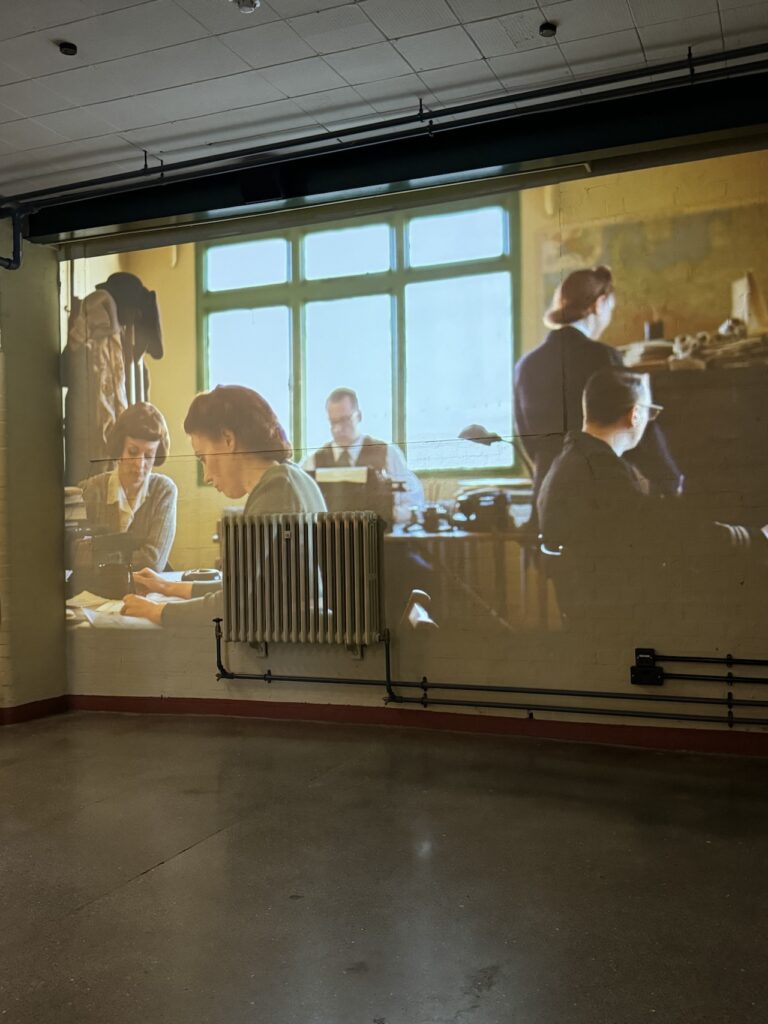
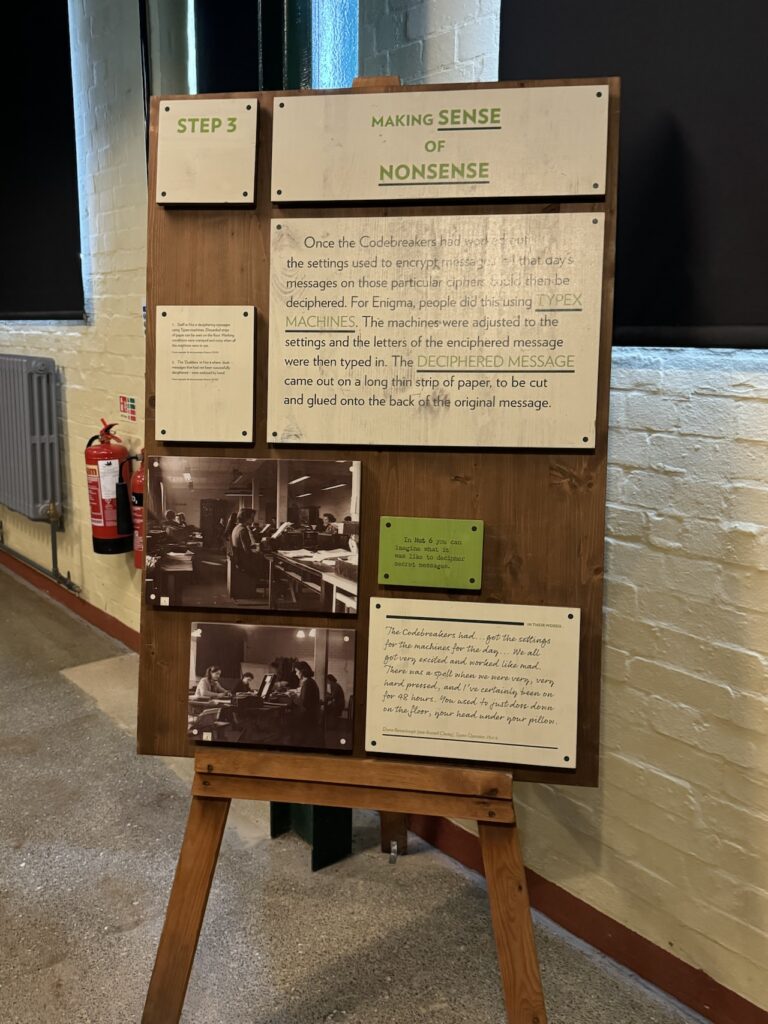
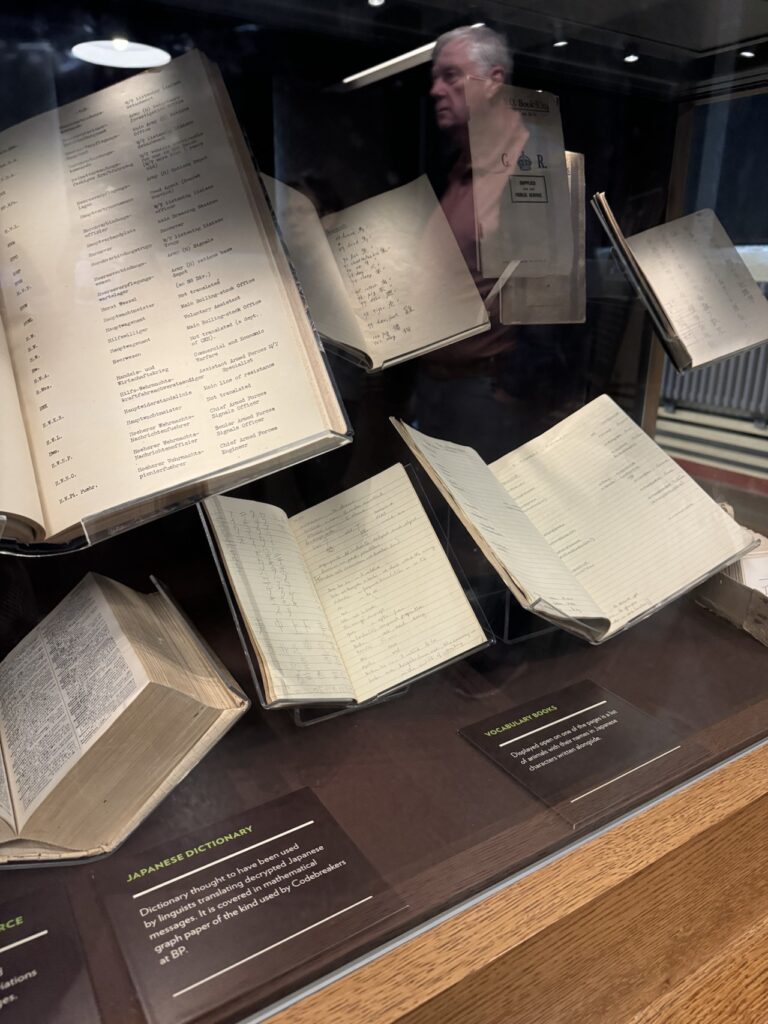
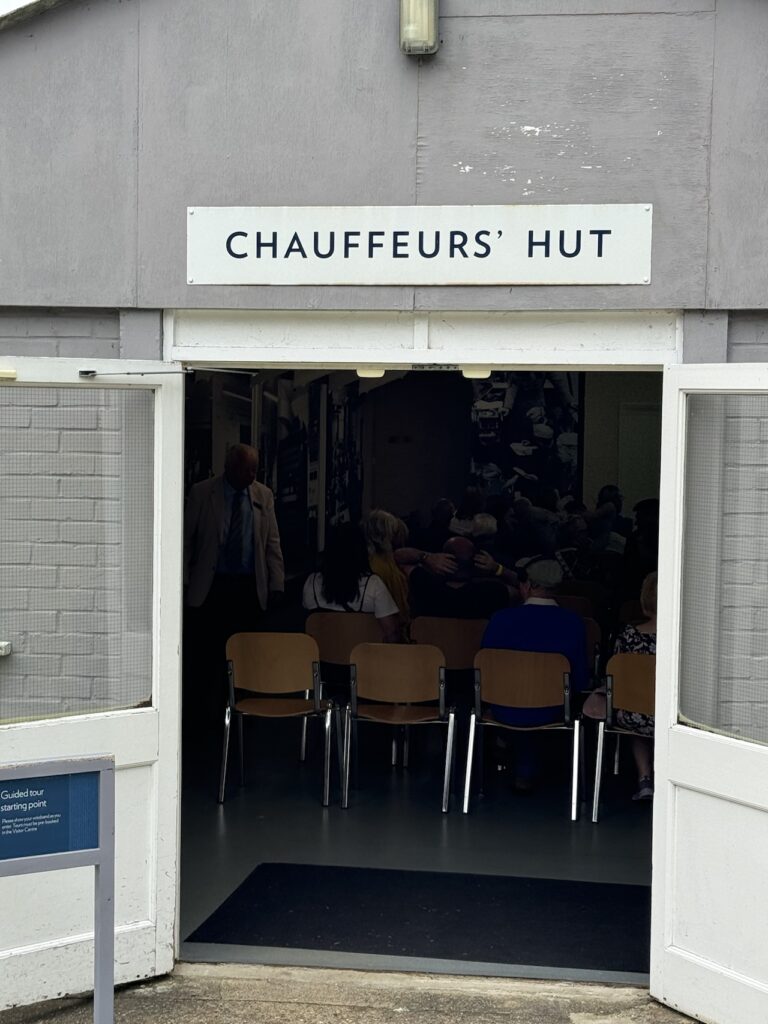
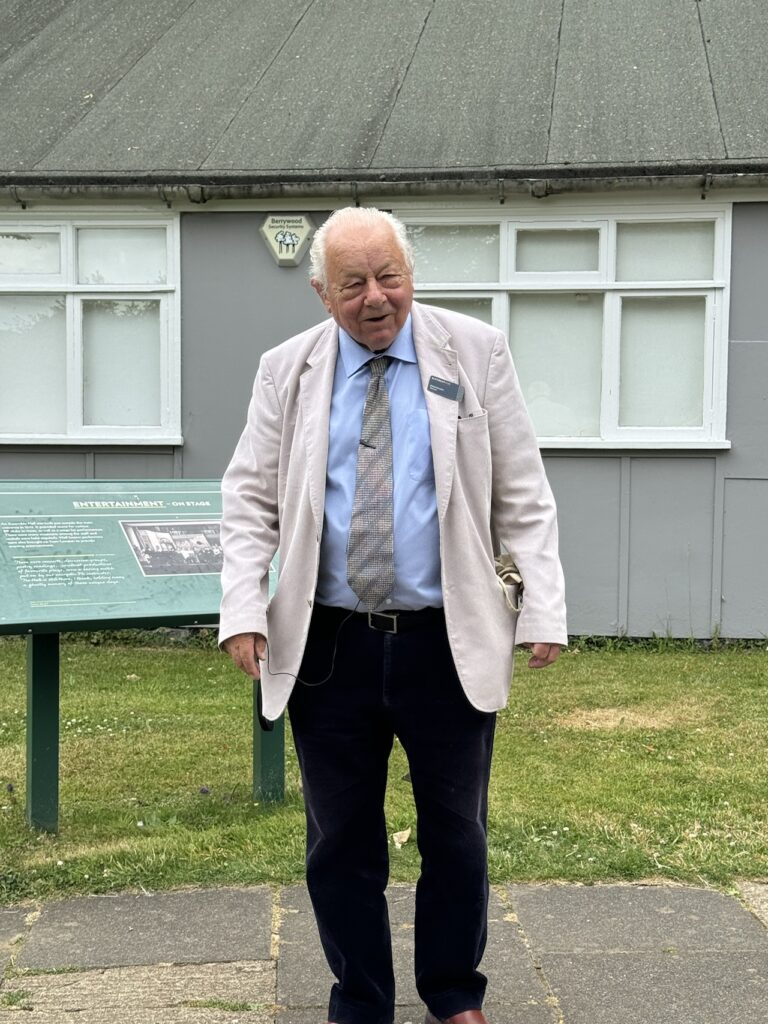
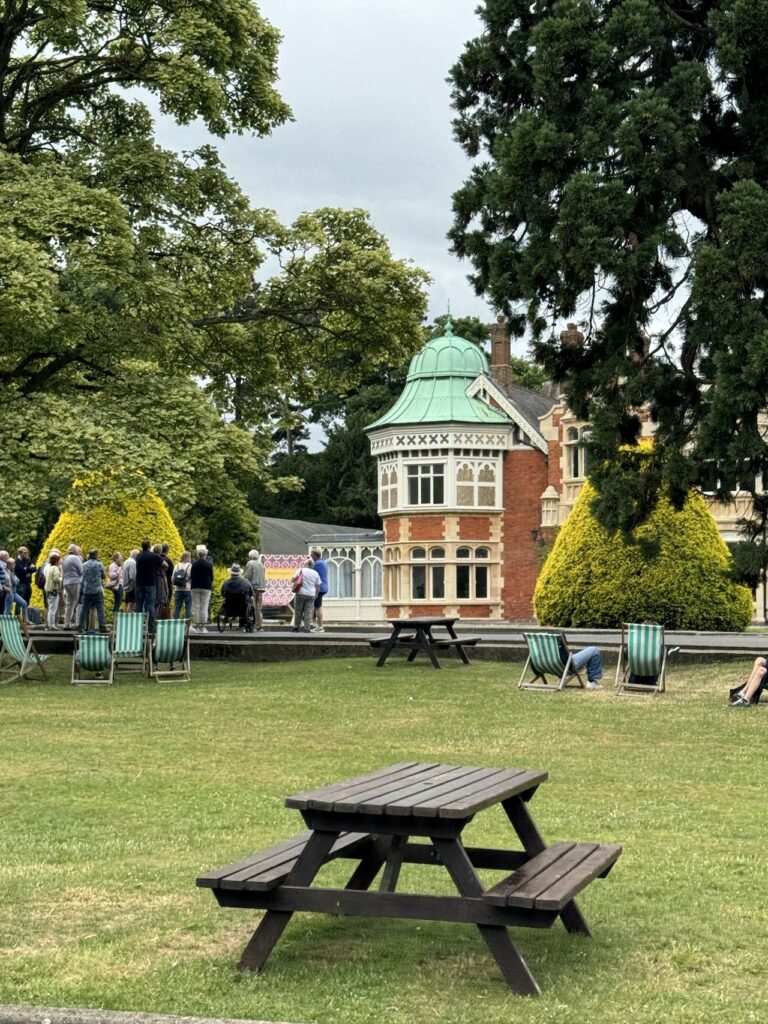
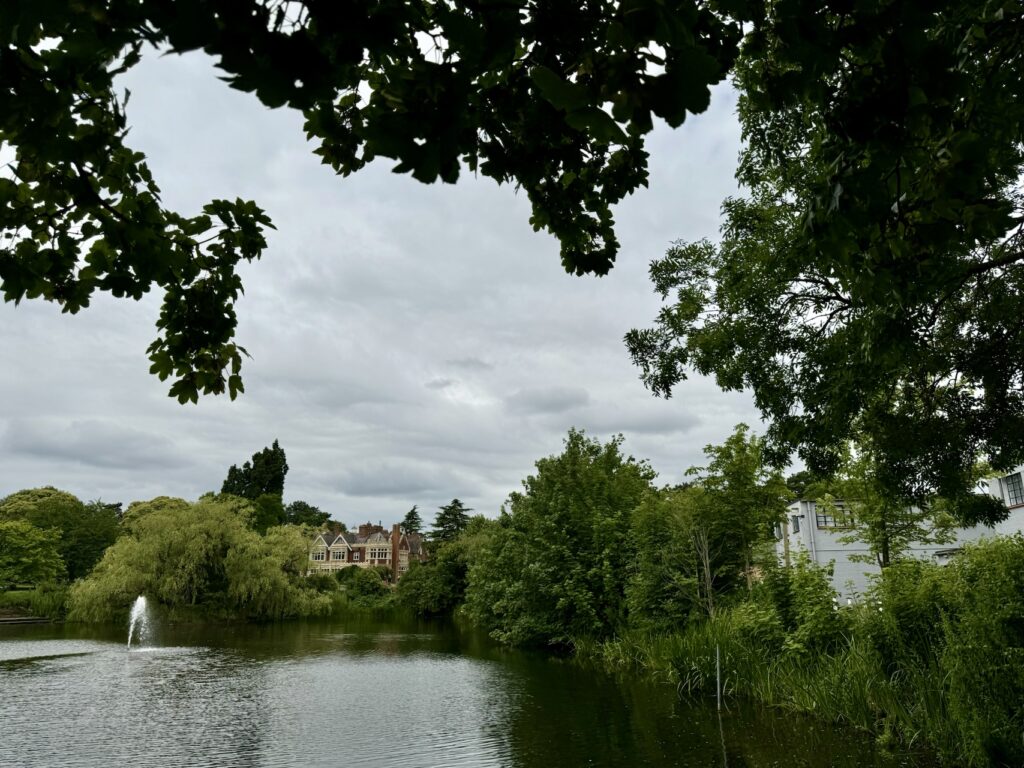
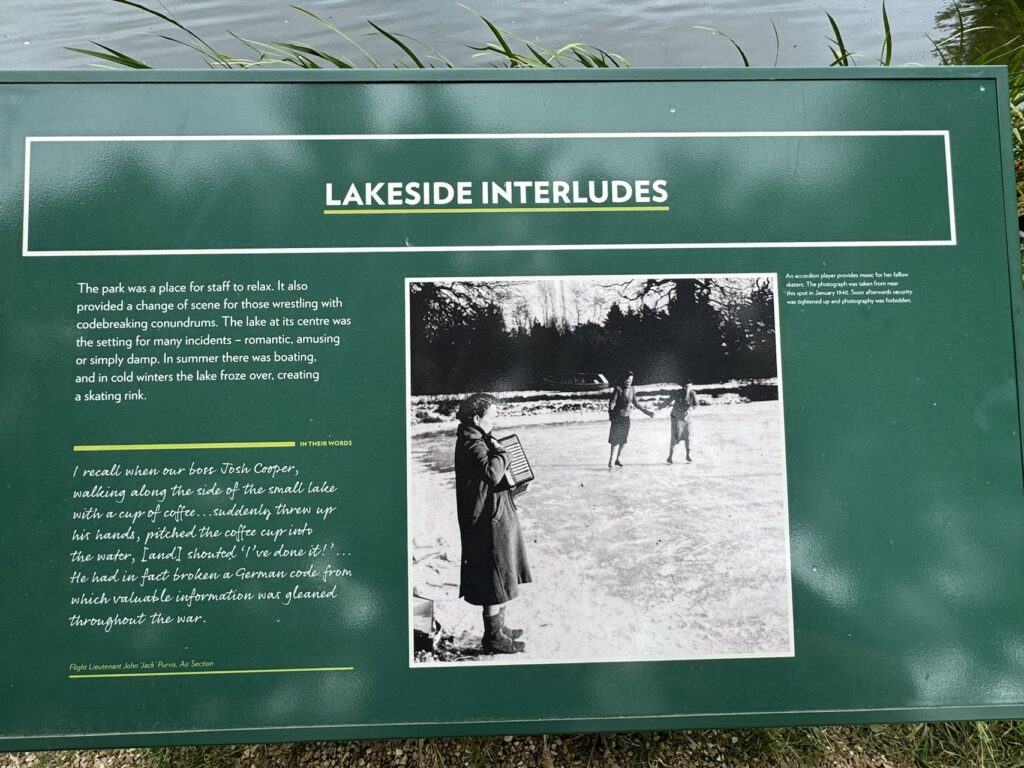
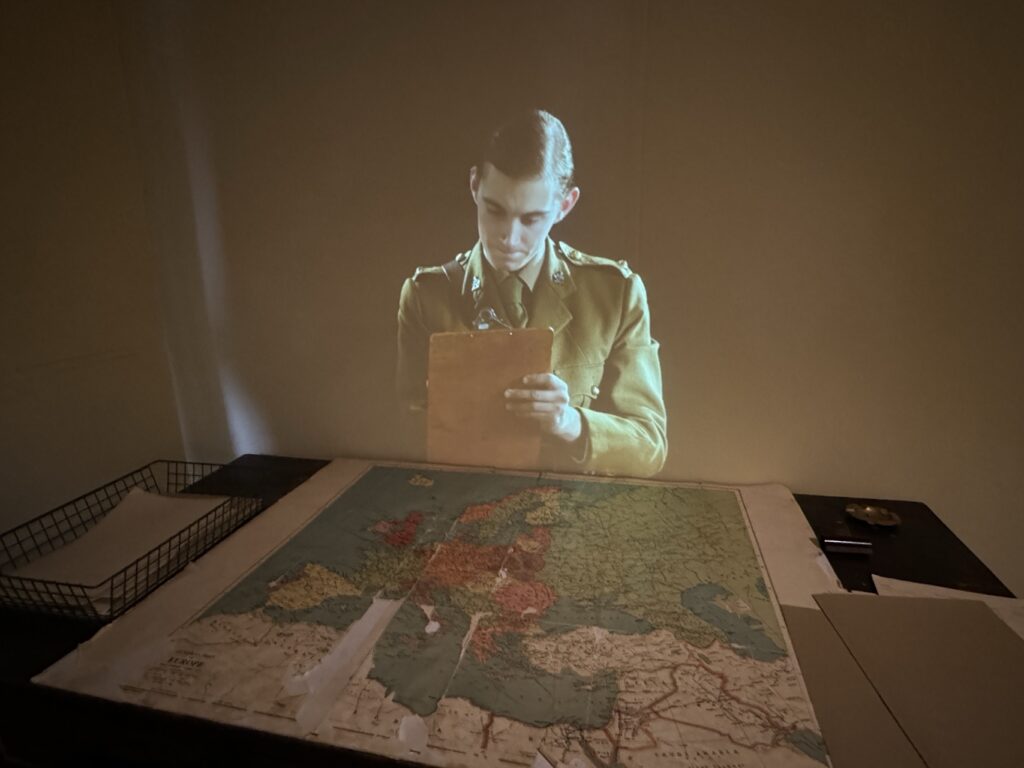
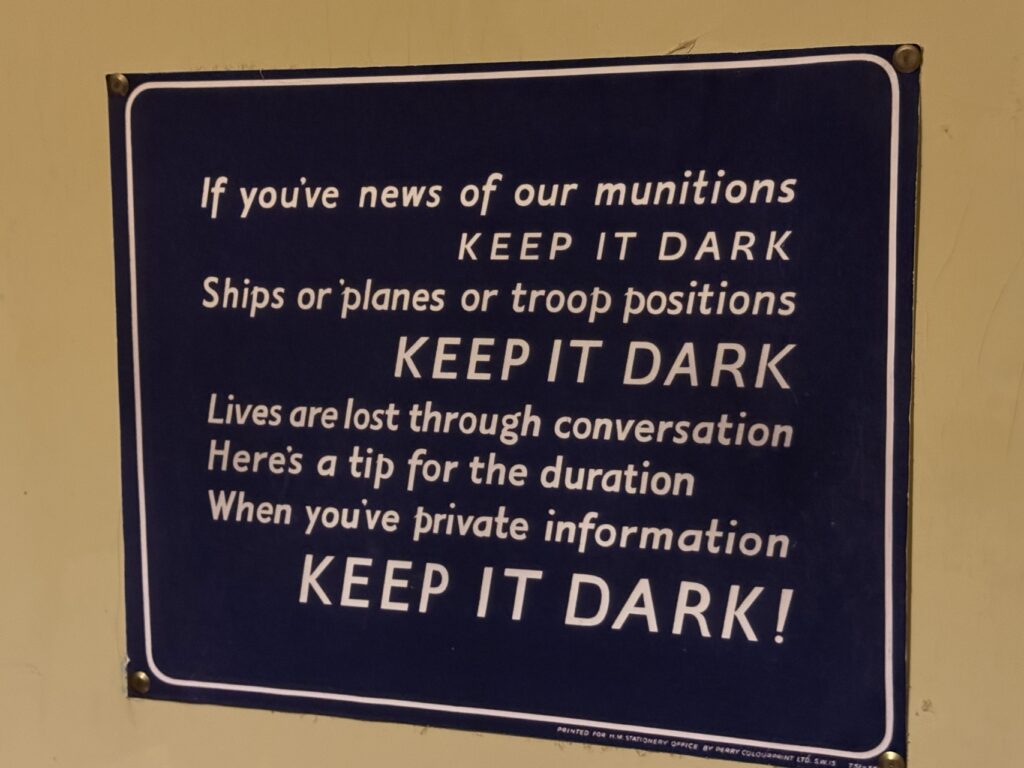
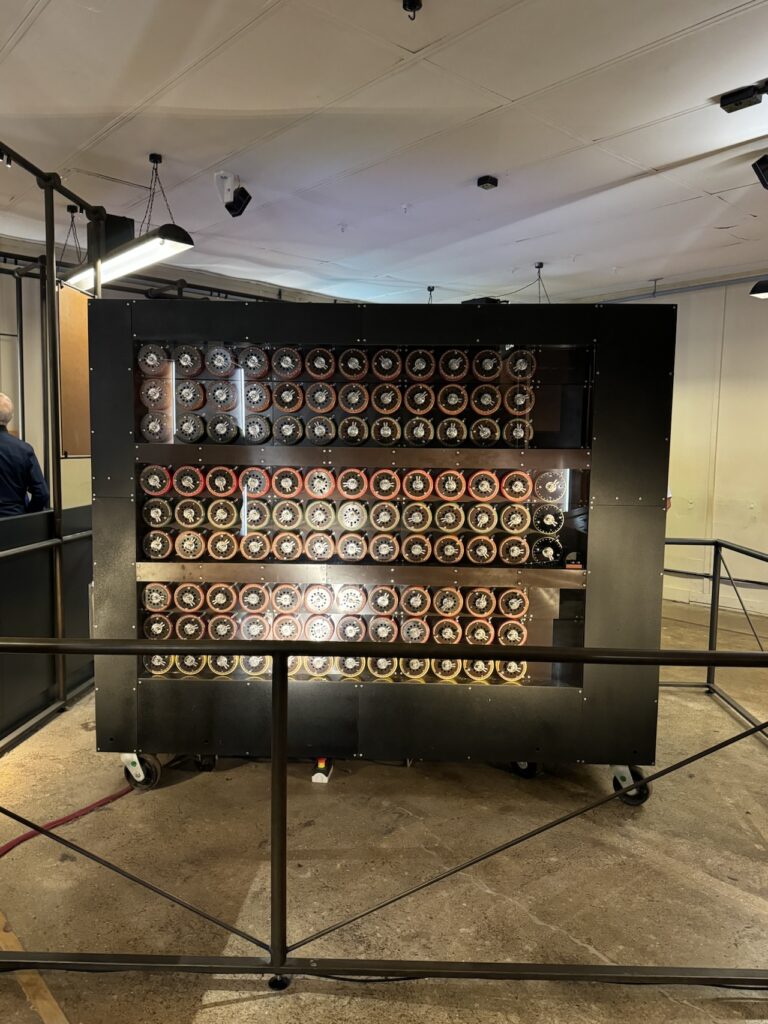
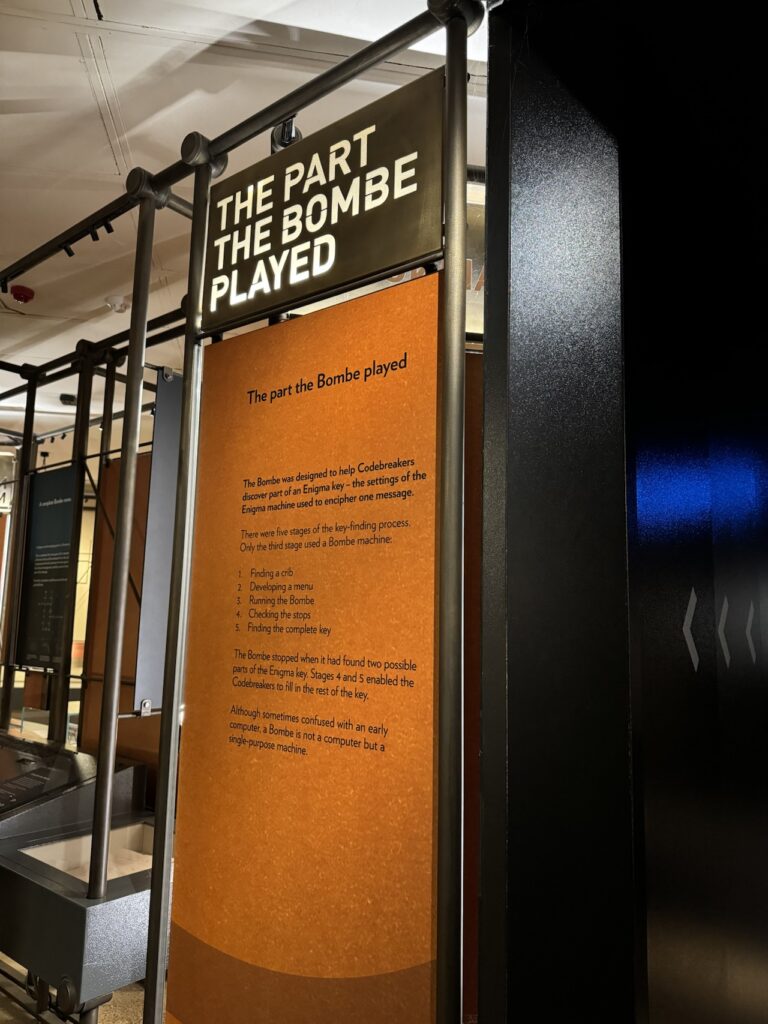
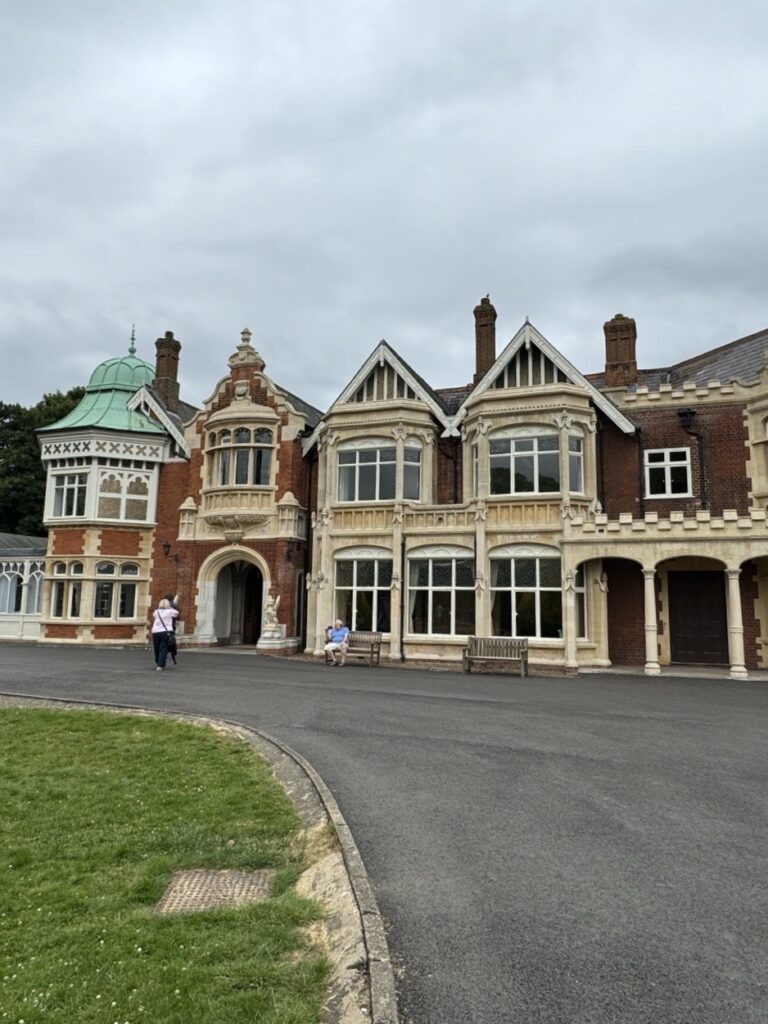
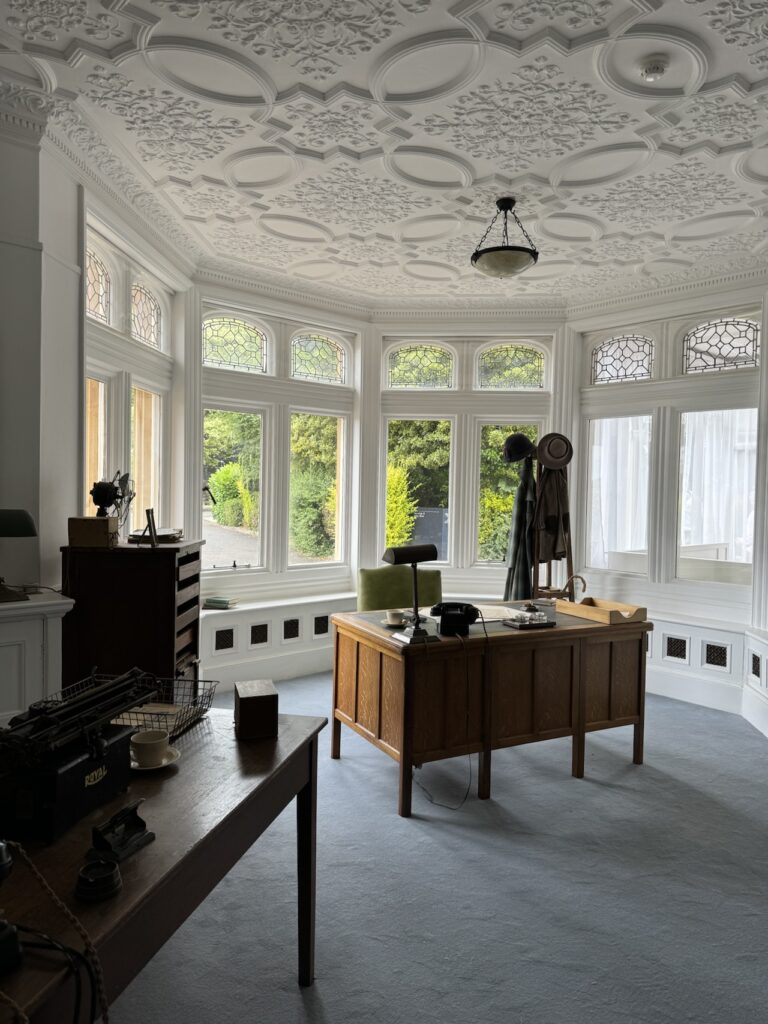
Watch Bletchley Park video here
What happened at Bletchley Park outside of London, England during the Second World War was never mentioned in our history classes way back when. It was perhaps the world’s best kept secret until wartime information was declassified in the mid-1970’s. That was when the world began to learn about the code breaking activity that occurred here between 1938 and 1945 and when those involved who had been sworn to secrecy could finally talk about their role in the Allied Victory. A lovely though eccentric manor house built in stages by Herbert Samuel Leon as a home for his family outside of, but convenient to London went up for sale in 1938 after the death of his widow. The estate was sold to a developer but was shortly thereafter purchased by the Admiral Sinclair, a First World War code breaker and head of the Secret Intelligence Service, with his own money, in order to move the Government Code and Cipher School out of London and to a location convenient by rail to the Universities of Oxford and Cambridge. Although the two of us have watched quite a few documentaries about the role of Bletchley Park in deciphering German military communications during the Second World War, we certainly weren’t prepared for the extent of the huge campus that was once the home to to the Codebreakers, nor the amount of information we’d be exposed to today. Fortunately we were able to sign up for one of the free tours. We met with Michael Sinclair, our guide and our fellow guests in The Chauffeur’s Hut for the opportunity to tour many of the buildings and the grounds that was Station X, also known as Room 47 and a few other aliases. This is where mathematicians, military experts, historians, bankers, musicians, chess masters, linguists, and people who did the Times Sunday crossword in ink, the majority of whom were women, lived and worked and kept their mission highly secret for seven years and beyond. This is where Alan Turing contributed significantly to cracking the Enigma code and developing the Bombe, a device that significantly reduced the work of the codebreakers. The staff of up to 9000 lived here or boarded nearby often in pretty spartan circumstances but they did have a bit of time to enjoy the lovely grounds here. There’s so much to try to drink in about the history of this place. It is a location you could come back to repeatedly. We feel so grateful that the buildings and the story has been lovingly preserved and is being shared with the wider world.









Very cool recap!
Thanks! It’s not possible to truly capture the experience in a few sentences but we’re pleased that we conveyed some sense of the incredible visit we had.